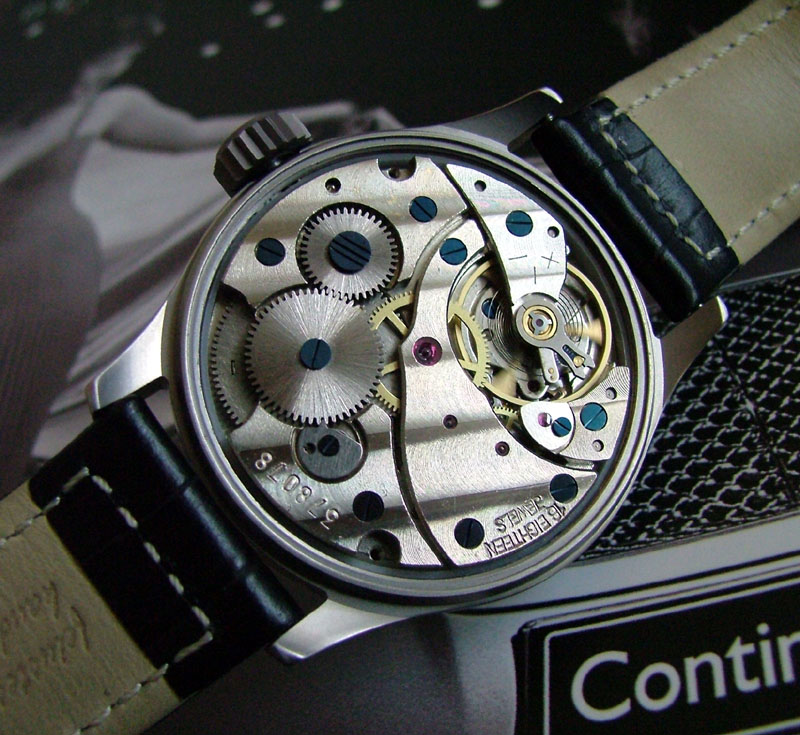WATCH FOUNDER
HISTRY OF WATCH
WATCH INVENT IN INDIA
BALANCING SPRING
FIRST WATCH
POKETWATCH
SOLAR WATCH
SMARTWATCH
QUARTZWATCH
ELECTRICALWATCH
CONTACT US
|

The Vacheron Constantin, Geneva, Georges-Auguste Leschot (1800–1884), pioneered the field of interchangeability in clockmaking by the invention of various machine tools. In 1830 he designed an anchor escapement, which his student, Antoine Léchaud, later mass-produced. He also invented a pantograph, allowing some degree of standardisation and interchangeability of parts on watches fitted with the same calibre.
The British had predominated in watch manufacture for much of the 17th and 18th centuries, but maintained a system of production that was geared towards high quality products for the elite. Although there was an attempt to modernise clock manufacture with mass production techniques and the application of duplicating tools and machinery by the British Watch Company in 1843, it was in the United States that this system took off. Aaron Lufkin Dennison started a factory in 1851 in Massachusetts that used interchangeable parts, and by 1861 was running a successful enterprise incorporated as the Waltham Watch Company.
The railroads' stringent requirements for accurate watches to safely schedule trains drove improvements in accuracy. The engineer Webb C. Ball, established around 1891 the first precision standards and a reliable timepiece inspection system for Railroad chronometers. Temperature-compensated balance wheels began to be widely used in watches during this period, and jewel bearings became almost universal. Techniques for adjusting the balance spring for isochronism and positional errors discovered by Abraham-Louis Breguet, M. Phillips, and L. Lossier were adopted. The first international watch precision contest took place in 1876, during the International Centennial Exposition in Philadelphia (the winning four top watches, which outclassed all competitors, had been randomly selected out of the mass production line), on display was also the first fully automatic screw-making machine. By 1900, with these advances, the accuracy of quality watches, properly adjusted, topped out at a few seconds per day.
The American clock industry, with scores of companies located in Connecticut's Naugatuck Valley, was producing millions of clocks, earning the region the nickname, "Switzerland of America".[19] The Waterbury Clock Company was one of the largest producers for both domestic sales and export, primarily to Europe.[20] Today its successor, Timex Group USA, Inc. is the only remaining watch company in the region.
From about 1860, key winding was replaced by keyless winding, where the watch was wound by turning the crown. The pin pallet escapement, an inexpensive version of the lever escapement invented in 1876 by Georges Frederic Roskopf was used in cheap mass-produced watches, which allowed ordinary workers to own a watch for the first time; other cheap watches used a simplified version of the duplex escapement, developed by Daniel Buck in the 1870s.
During the 20th century, the mechanical design of the watch became standardized, and advances were made in materials, tolerances, and production methods. The bimetallic temperature-compensated balance wheel was made obsolete by the discovery of low-thermal-coefficient alloys invar and elinvar. A balance wheel of invar with a spring of elinvar was almost unaffected by temperature changes, so it replaced the complicated temperature-compensated balance. The discovery in 1903 of a process to produce artificial sapphire made jewelling cheap. Bridge construction superseded 3/4 plate construction.
 |

